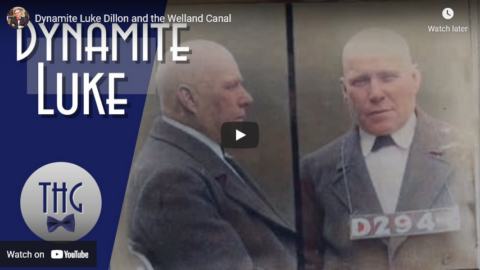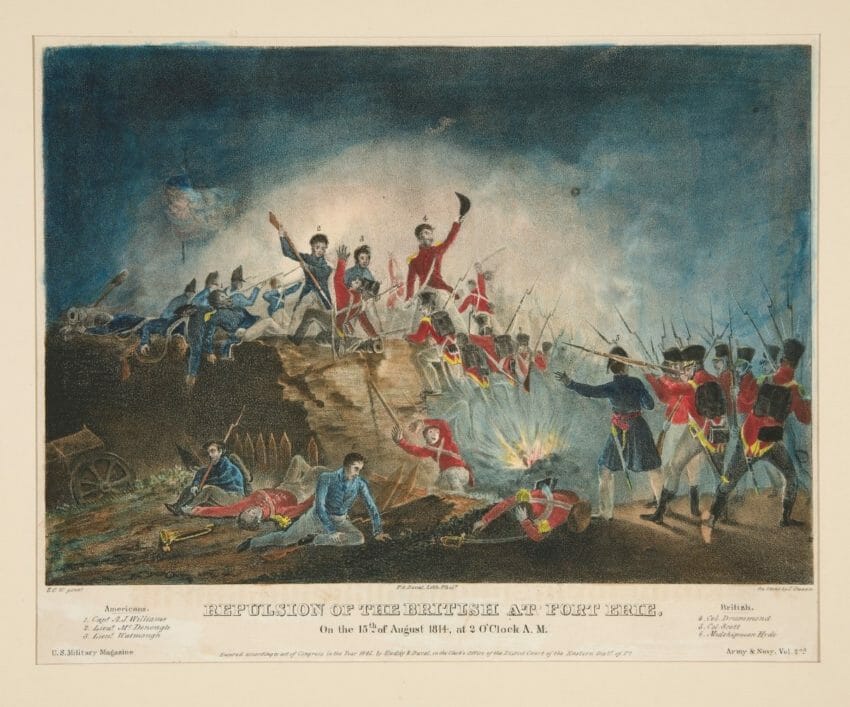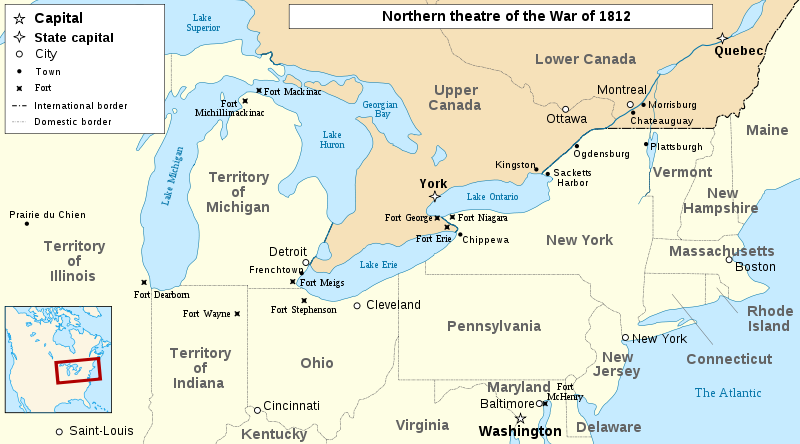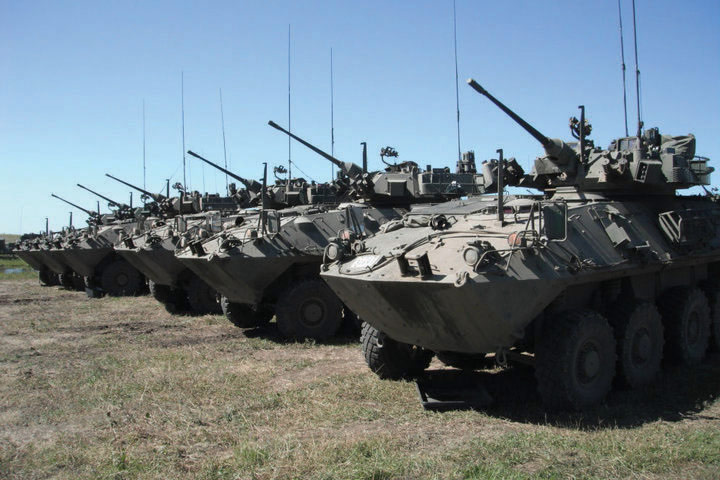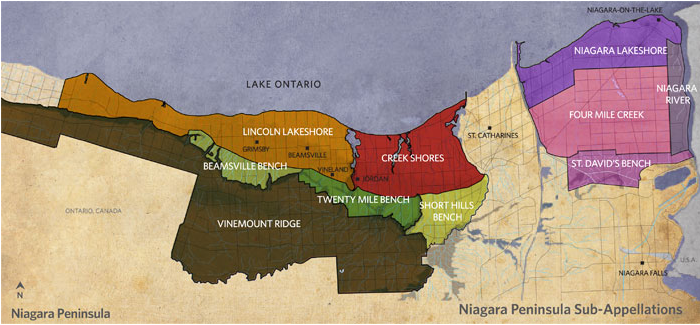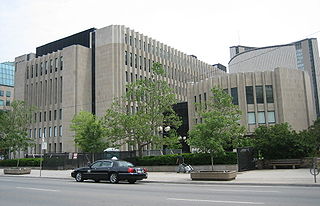 Elizabeth and I got married in Toronto on this date in 1983. It was a bit of a race to get to the courthouse on time — my so-called best man decided that he had to go back to Mississauga “for a shower” that morning, and was quite late getting back into Toronto. Trying to get a cab to hurry in downtown Toronto traffic was a waste of effort, so I very nearly missed my own wedding. Elizabeth was not pleased with me holding up the show (even though I could rightfully claim it wasn’t my fault). The rest of the day is rather a blur to me now.
Elizabeth and I got married in Toronto on this date in 1983. It was a bit of a race to get to the courthouse on time — my so-called best man decided that he had to go back to Mississauga “for a shower” that morning, and was quite late getting back into Toronto. Trying to get a cab to hurry in downtown Toronto traffic was a waste of effort, so I very nearly missed my own wedding. Elizabeth was not pleased with me holding up the show (even though I could rightfully claim it wasn’t my fault). The rest of the day is rather a blur to me now.
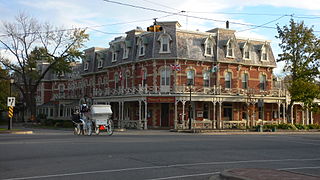 We had the reception that evening at a lovely house in the Playter Estates (during which my father tried to pick a fight with Elizabeth’s uncle), and then set off for our very brief honeymoon in Niagara-on-the-Lake the next day. We could only afford two nights at the Prince of Wales hotel, and because we got married on Saturday, we were in NOTL for Sunday and Monday nights. Back in 1983, Ontario still had fairly restrictive Sunday closing laws, so there was very little to do — almost everything was closed. (And that was probably for the best, as we had almost no money to spend anyway…)
We had the reception that evening at a lovely house in the Playter Estates (during which my father tried to pick a fight with Elizabeth’s uncle), and then set off for our very brief honeymoon in Niagara-on-the-Lake the next day. We could only afford two nights at the Prince of Wales hotel, and because we got married on Saturday, we were in NOTL for Sunday and Monday nights. Back in 1983, Ontario still had fairly restrictive Sunday closing laws, so there was very little to do — almost everything was closed. (And that was probably for the best, as we had almost no money to spend anyway…)
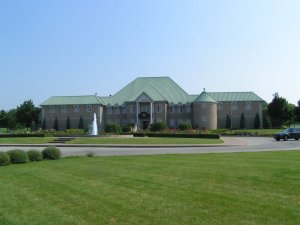 One of the few businesses we found open in the area was the original Chateau des Charmes estate winery (not the huge, imposing facility of today: a small industrial-looking building a few kilometres away), where the only person on duty was Mme Andrée Bosc who gave us an exhaustive tasting experience and showed us around the winery. Neither of us were experienced wine drinkers, so this was wonderful for both of us. I’d love to say that we started our wine cellar that day, but that would only be partially true: we bought about a dozen bottles of various Chateau des Charmes wines, but we couldn’t afford to restock after those had been opened. We visited the winery every year on our anniversary for about a decade, until we got out of the habit of going back to NOTL (which was around the time our son was born).
One of the few businesses we found open in the area was the original Chateau des Charmes estate winery (not the huge, imposing facility of today: a small industrial-looking building a few kilometres away), where the only person on duty was Mme Andrée Bosc who gave us an exhaustive tasting experience and showed us around the winery. Neither of us were experienced wine drinkers, so this was wonderful for both of us. I’d love to say that we started our wine cellar that day, but that would only be partially true: we bought about a dozen bottles of various Chateau des Charmes wines, but we couldn’t afford to restock after those had been opened. We visited the winery every year on our anniversary for about a decade, until we got out of the habit of going back to NOTL (which was around the time our son was born).
After our brief honeymoon, we both had to go back to our jobs. Very shortly after that, my employer (the almost-unknown-to-Google Mr Gameway’s Ark) went bankrupt, which was financially bad timing for us, having just spent most of our tiny cash hoard on our honeymoon.


